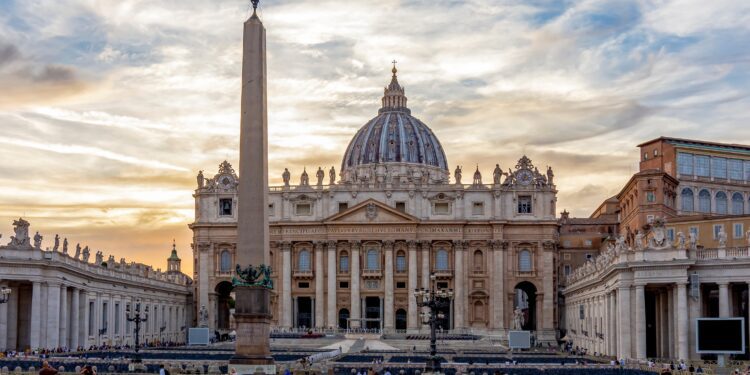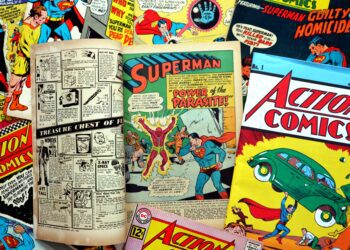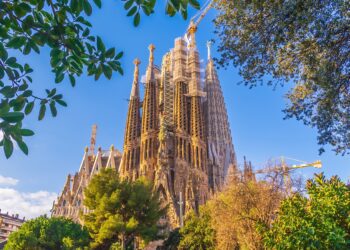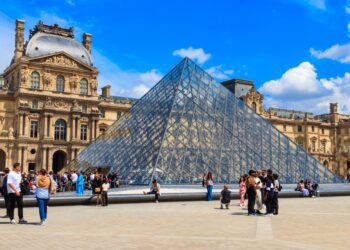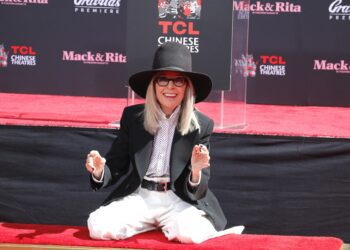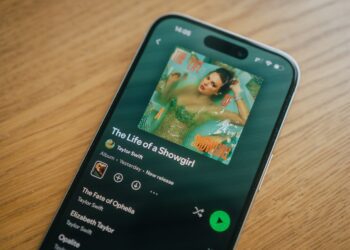Pope Francis was the spiritual leader of the world’s 1.3 billion Catholics, head of state of the Vatican and proprietor in trust of the Vatican’s great collection of art and historic architecture. The Argentina-born Jorge Mario Bergoglio was the 266th pope in succession over two millennia, the first to be a member of the Jesuit religious order and the first to come from both the Americas and the Global South.
Pope Francis as custodian of the Vatican’s built heritage
As pope, Francis was the head of one of the historic revealed religions and had ultimate charge not just of the Vatican Museums and Library, with their holdings covering two millennia of Christianity, but also the remainder of the built patrimony of the tiny Vatican City state at the heart of Rome.
As well as St Peter’s, the greatest of all Renaissance edifices and a building of unique religious and architectural importance, that patrimony includes the Sistine Chapel and its celebrated ensemble of late 15th- and early 16th-century frescoes; the Niccoline Chapel adorned with frescoes by Fra Angelico; and the Raphael apartments, or stanze, in the Apostolic Palace of the Vatican. The Vatican also owns and runs three papal basilicas in Rome that are outside the Vatican City but owned and run by the Holy See—Santa Maria Maggiore (where Francis has chosen to be buried), San Giovanni in Laterano (the official mother church for the Catholic faith) and San Paolo Fuori le Mura.
Pope Francis’s accommodation with contemporary art
Francis inherited Benedict XVI’s accommodation with contemporary art, which led to the Vatican having its first pavilion at the Venice Biennale in 2013, the year of Francis’s election as pope—with a pavilion inspired by the biblical narratives in the Book of Genesis featuring the work of the Milan-based multimedia collective Studio Azzurro, the Czech photographer Josef Koudelka and the Australian-born painter Lawrence Carroll—and later its first at the Architecture Biennale in 2018.
“The Vatican Museums must strive to be a place of beauty and welcome. They must embrace new forms of art,” Francis said in the 2015 book La Mia Idea di Arte (my idea of art), based on the pope’s conversations with the journalist Tiziana Lupi. “They must throw open their doors to people from around the world and serve as an instrument for dialogue between different cultures and religions, an instrument for peace. They must be alive! Not dusty repositories of the past reserved for the select few… but a vital [institution] which looks after the objects in its care to tell their stories to people today, starting from the most disadvantaged of its visitors.”
In 2021 Francis had shown himself to be true to that vision by opening a contemporary art gallery in the Vatican library. In doing so he picked up on a tradition started a half-century before by Pope Paul VI, who had created the first Vatican galleries of contemporary art, acquiring work by artists including Henri Matisse, Marc Chagall, Pablo Picasso, Salvador Dalí, Giorgio Morandi, Giacomo Manzù, Henry Moore, David Jones, Arthur Pollen and Graham Sutherland.
In 2024 Francis attended the Venice Biennale, singling out the late Catholic nun and activist Corita Kent, along with Frida Kahlo and Louise Bourgeois, as female artists whose works have “something important to teach us”. Kent’s graphic works, promoting tolerance and peace, were on show that year in the Vatican pavilion in the women’s prison on Giudecca island, where the pope landed by helicopter for his Venetian visit. Francis also met the president of the Venice Biennale, Pietrangelo Buttafuoco, and its curator, Adriano Pedrosa, who organised the 2024 exhibition under the title Foreigners Everywhere.
“The world needs artists,” the pope was cited as saying in a tweet posted by the Venice Biennale account on X. “This is demonstrated by the multitude of people of all ages who frequent art venues and events. […] I beg you, dear artists, to imagine cities that do not yet exist on the maps: cities where no human being is considered a stranger. That’s why when we say #ForeignersEverywhere, we are proposing ‘brothers everywhere’.”
Read the full story by Louis Jebb / The Art Newspaper

